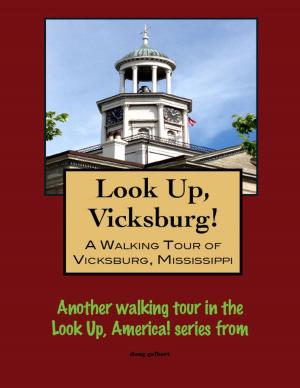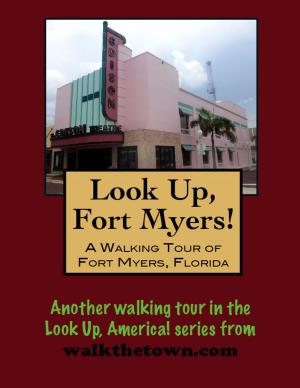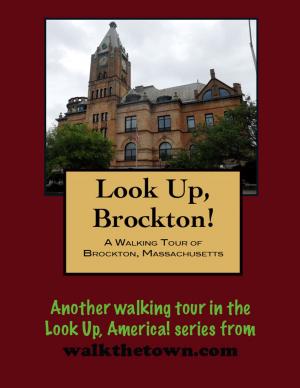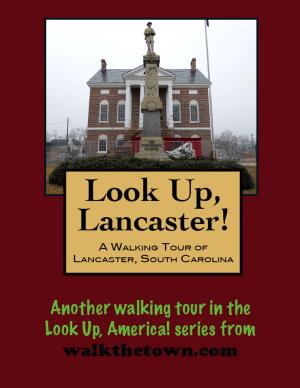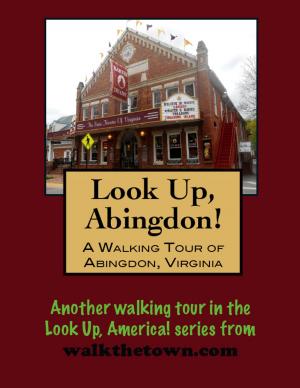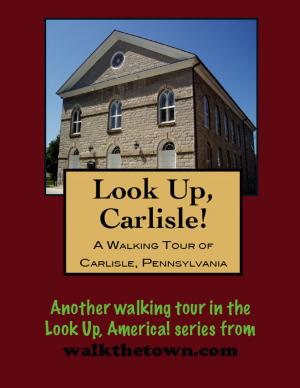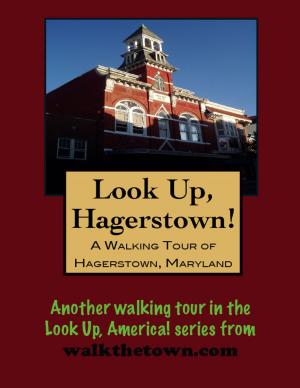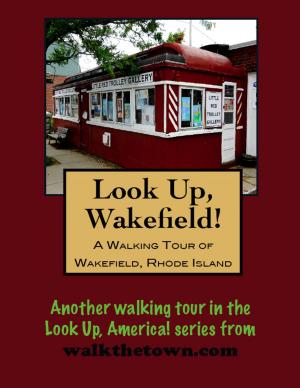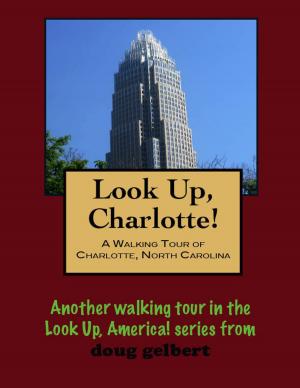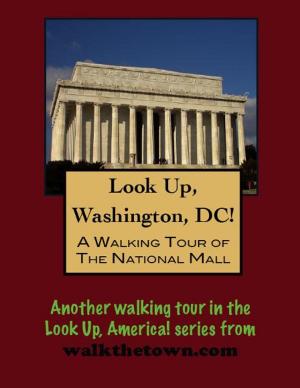| Author: | Doug Gelbert | ISBN: | 9781465897527 |
| Publisher: | Doug Gelbert | Publication: | July 7, 2011 |
| Imprint: | Smashwords Edition | Language: | English |
| Author: | Doug Gelbert |
| ISBN: | 9781465897527 |
| Publisher: | Doug Gelbert |
| Publication: | July 7, 2011 |
| Imprint: | Smashwords Edition |
| Language: | English |
There is no better way to see America than on foot. And there is no better way to appreciate what you are looking at than with a walking tour. Whether you are preparing for a road trip or just out to look at your own town in a new way, a downloadable walking tour is ready to explore when you are.
Each walking tour describes historical and architectural landmarks and provides pictures to help out when those pesky street addresses are missing. Every tour also includes a quick primer on identifying architectural styles seen on American streets.
After the United States purchased Florida from Spain in 1821 the government built a series of forts and trading posts to attempt to get control of the new territory. The post at the mouth of the Hillsborough River where it spills into Tampa Bay was named Fort Brooke, constructed by Colonel George Mercer Brooke in 1824. Enough settlers came to live near the protection of the fort that in 1831 a post office called Tampa Bay was established.
Isolation was the hallmark for the small community for the next 50 years. With access only by sandy road the population in 1880 was still only 720. Things would change in a hurry, however. First, phosphate was discovered southeast of town and as large quantities of the mineral were being shipped out of the port Henry Plant's railroad arrived in 1884. In 1886 when Key West cigar manufacturers began experiencing labor difficulties the Tampa Board of Trade enticed Vicente Martinez Ybor to move his cigar manufacturing operations to Tampa. With two industries and transportation to get them to market, Tampa boomed. By 1920 the population in "The Cigar Capital of the World" was over 50,000.
As Tampa has evolved into a modern city it has been an enthusiastic participant in urban renewal. In the downtown area seldom does any block contain more than a single historic property and scores of one-of-a-kind buildings have fallen before the wrecking ball. Our hunt for Tampa's heritage will begin in a small downtown park, greenspace that was won, ironically, at the expense of two historic buildings...
There is no better way to see America than on foot. And there is no better way to appreciate what you are looking at than with a walking tour. Whether you are preparing for a road trip or just out to look at your own town in a new way, a downloadable walking tour is ready to explore when you are.
Each walking tour describes historical and architectural landmarks and provides pictures to help out when those pesky street addresses are missing. Every tour also includes a quick primer on identifying architectural styles seen on American streets.
After the United States purchased Florida from Spain in 1821 the government built a series of forts and trading posts to attempt to get control of the new territory. The post at the mouth of the Hillsborough River where it spills into Tampa Bay was named Fort Brooke, constructed by Colonel George Mercer Brooke in 1824. Enough settlers came to live near the protection of the fort that in 1831 a post office called Tampa Bay was established.
Isolation was the hallmark for the small community for the next 50 years. With access only by sandy road the population in 1880 was still only 720. Things would change in a hurry, however. First, phosphate was discovered southeast of town and as large quantities of the mineral were being shipped out of the port Henry Plant's railroad arrived in 1884. In 1886 when Key West cigar manufacturers began experiencing labor difficulties the Tampa Board of Trade enticed Vicente Martinez Ybor to move his cigar manufacturing operations to Tampa. With two industries and transportation to get them to market, Tampa boomed. By 1920 the population in "The Cigar Capital of the World" was over 50,000.
As Tampa has evolved into a modern city it has been an enthusiastic participant in urban renewal. In the downtown area seldom does any block contain more than a single historic property and scores of one-of-a-kind buildings have fallen before the wrecking ball. Our hunt for Tampa's heritage will begin in a small downtown park, greenspace that was won, ironically, at the expense of two historic buildings...

